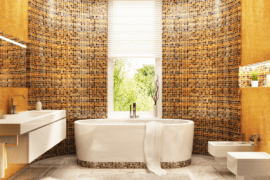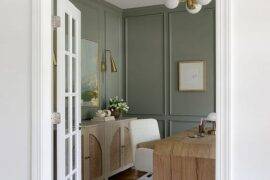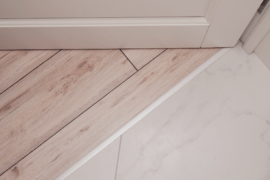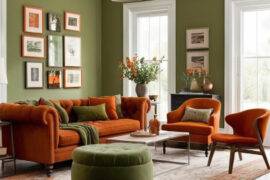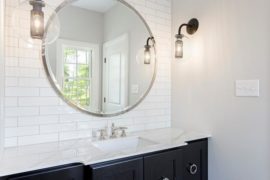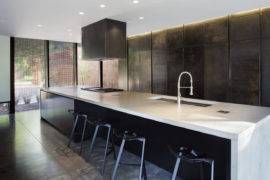Mixing wood tones in your home can seem daunting at first, but with a few key strategies, it can create a warm and inviting atmosphere. The secret lies in balancing the undertones and the grain patterns of different woods. By understanding the natural characteristics of various wood types, you can blend them in a way that feels intentional and harmonious. It’s all about finding the right contrast and cohesion to enhance the aesthetic appeal of your living space.
Understanding the Basics of Wood Tone Variations
When exploring how to mix wood tones in your home, it’s important to grasp the fundamental variations in wood tones. Wood tones can range from light, creamy hues, such as maple and ash, to rich, deep shades like walnut and mahogany.
Each type of wood has its own unique grain, which contributes to its overall tone and how it interacts with light. Understanding these nuances is key to achieving a balanced and harmonious look.
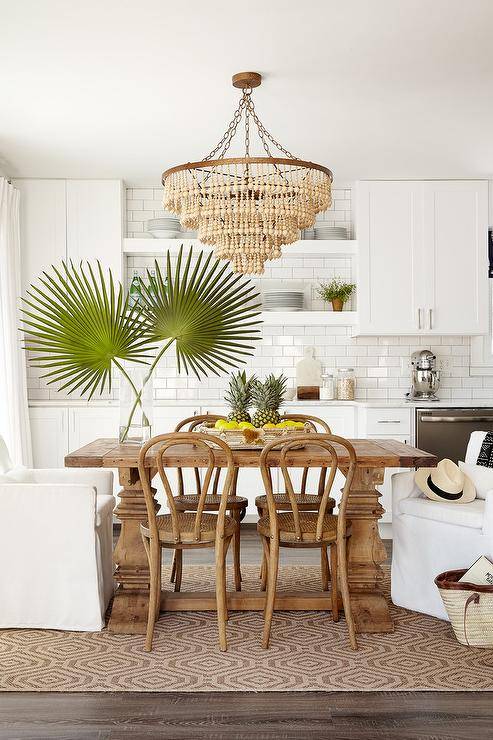
Consider the undertones of the wood pieces as well; some woods may have warm undertones of yellow or red, while others possess cooler undertones with hints of gray or blue. Recognizing these subtleties allows you to create a cohesive space where all wood elements complement each other rather than clash.
This knowledge serves as a solid foundation for mixing different wood tones effectively, ensuring that each piece contributes to a unified aesthetic in your home.
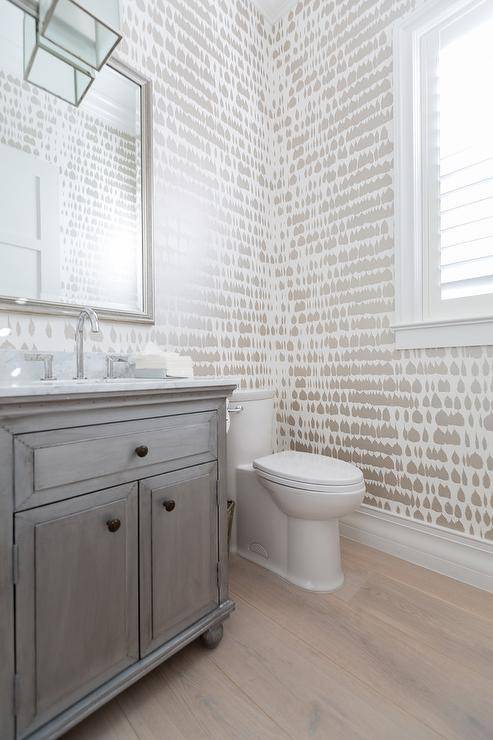
Strategies for Balancing Different Wood Tones
An effective strategy is to use rugs and carpets as transitional elements between different wood tones. A well-chosen rug can soften the transition and blend the colors seamlessly.
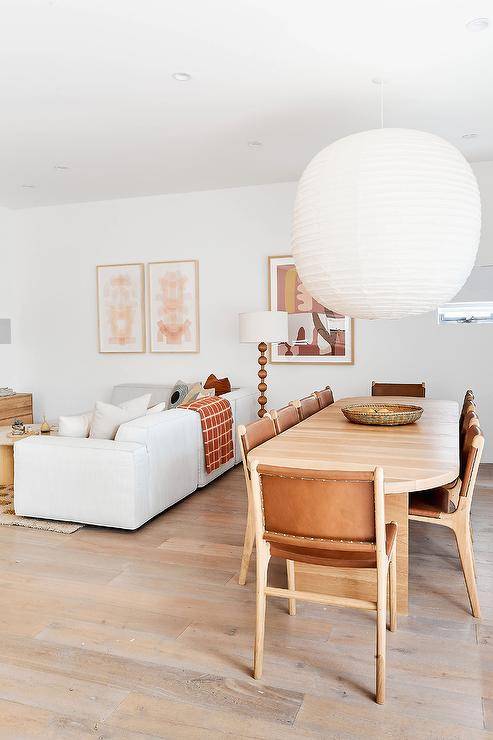
For example, a rug with elements of both light and dark wood colors can tie a room together, making the different wood tones appear as part of a deliberate design choice rather than a mismatch. This approach not only enhances the visual appeal but also adds a layer of texture and comfort to your space, making it warm and inviting.
Choosing the Right Wood Furniture and Accessories
When you’re selecting the right wood furniture and accessories for your home, understanding how to mix wood tones effectively can elevate the aesthetic of any room.
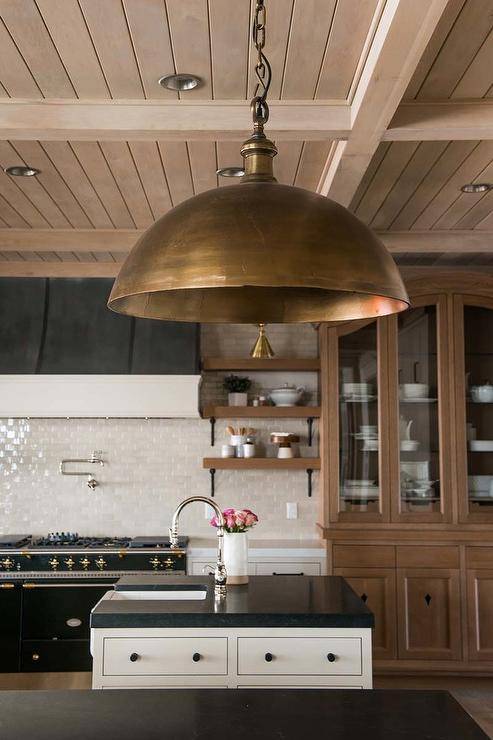
Start by identifying a dominant wood tone as the base, which could be your largest piece of furniture, like a dining table or a wardrobe. This foundational tone helps to anchor the space, allowing you to introduce contrasting wood tones through smaller pieces such as chairs, end tables, or picture frames. The key is to maintain a balance that feels intentional and harmonious rather than mismatched.
If you’re incorporating accessories, wooden bowls, lamps, or sculptures can serve as subtle tie-ins that bridge differing wood tones. Remember, beauty lies in the details, so paying attention to the grain and finish of each piece can help you achieve a beautifully blended, inviting atmosphere in your home.
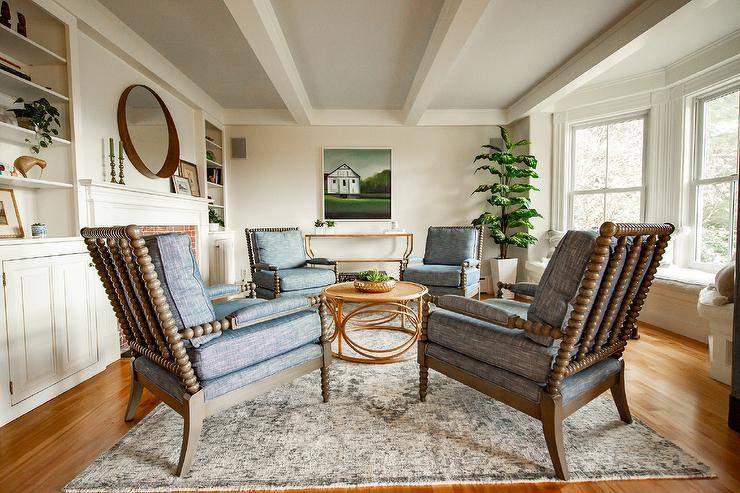
Tips for Incorporating Mixed Wood Tones in Various Rooms
In the living room, you can choose a dominant wood tone for large furniture pieces and complement it with contrasting wooden accents like picture frames or a coffee table. This creates a layered, inviting atmosphere without overwhelming the space.
Similarly, in the kitchen, wooden cabinets can be paired with a lighter or darker wood tone for the chairs and table, bridging the elements seamlessly.
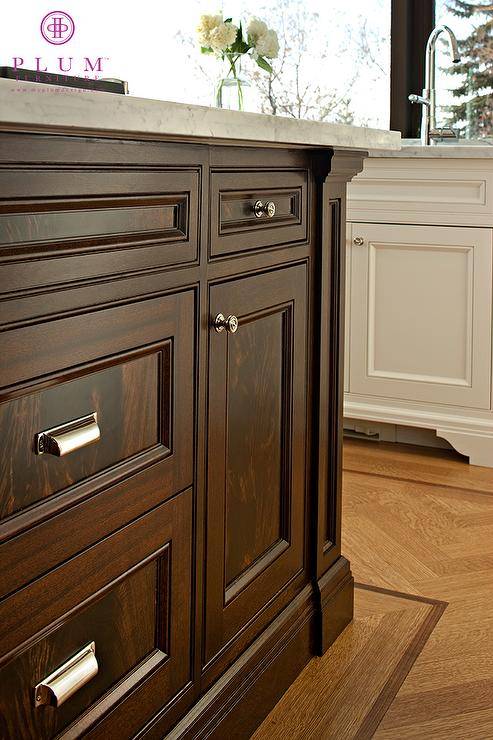
In bedrooms, the approach can be a bit more personalized. Consider the undertones of the wood: warm tones like cherry or mahogany bring coziness, while cooler tones like ash or maple offer a serene, calming vibe. Blending these tones through various furniture pieces, flooring, or even wooden wall art can enhance the room’s aesthetic while keeping it cohesive.
The key is to ensure that each tone complements rather than clashes, allowing each room to tell its own story while maintaining a unified look throughout your home.
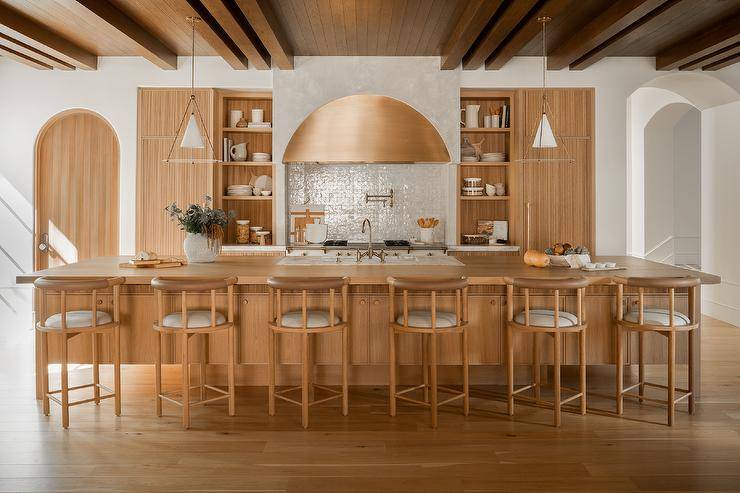
Enhancing Your Home with Mixed Wood Tones
The beauty of using different wood tones lies in the unique character each piece brings to a space, creating a layered and inviting atmosphere. Remember, the goal is to achieve a cohesive look that feels intentional and aesthetically pleasing.
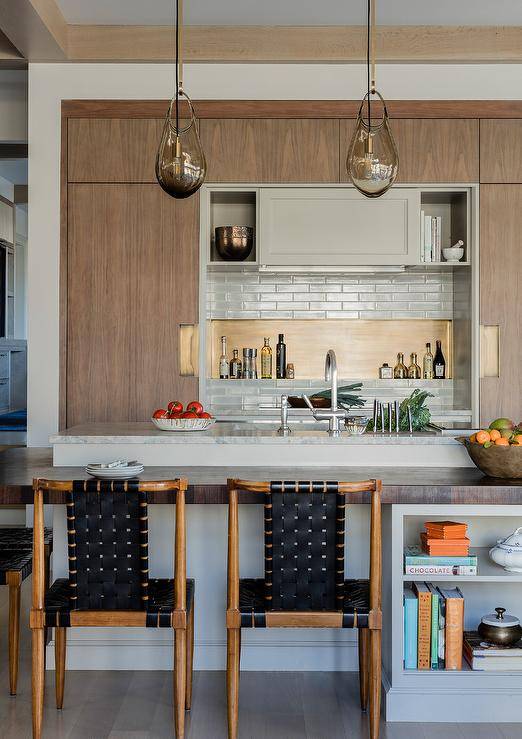
As you refine your home’s design with mixed wood tones, consider the overall impact of your choices on the room’s ambiance. Strategic placement of larger furniture pieces in dominant wood tones can serve as anchor points, while smaller accessories and accent pieces in contrasting tones can add depth and dimension.
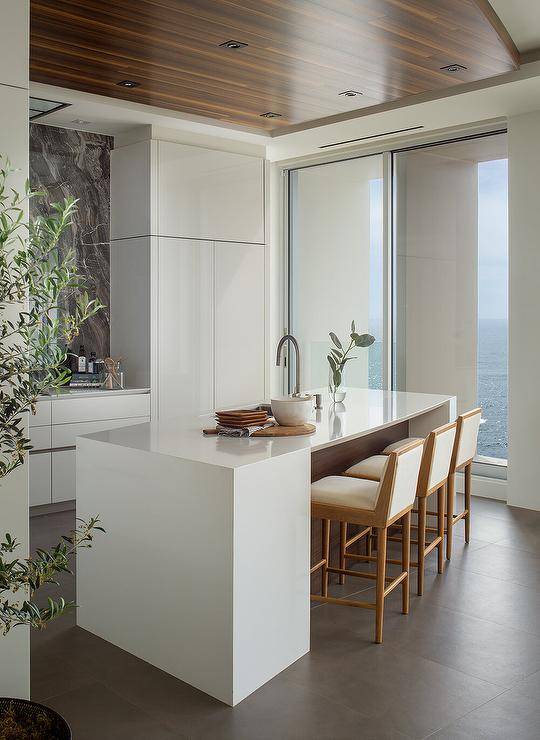
This approach not only enhances the aesthetic appeal of your home but also allows each wooden element to stand out, celebrating the natural beauty of the materials. Embrace the process creatively and watch as your space transforms into a harmonious blend of nature’s finest offerings, making your home a testament to sophisticated, thoughtful design.
Related Articles
- Linoleum Flooring – The Classic Kitchen Choice Making a Trendy Comeback
- Stunning Kitchen Flooring Ideas for Your Home
- Expert Guide to Terracotta Floor Tiles: Everything to Know
Turn your house into the home of your dreams. Our newsletter provides you with design ideas and decor trends. Subscribe now to start your journey to a stunning home! Click here to subscribe now.
